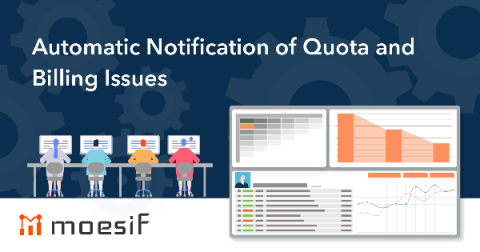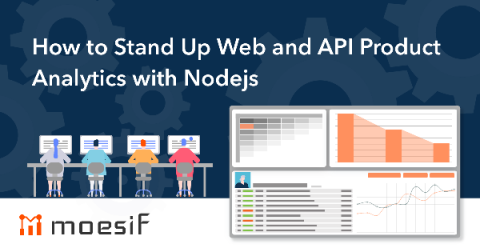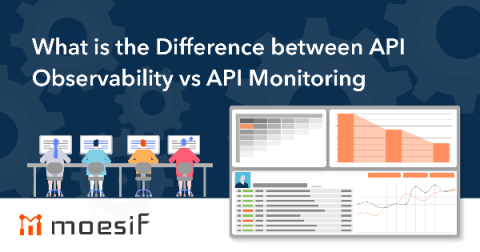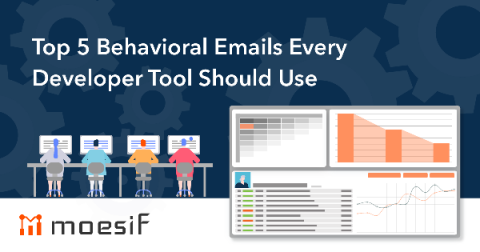Playbook for Automatically Keeping Customers Informed of Integration Issues
This is the second in a series of playbooks that walks you through the steps required to automate key monitoring and altering functions within your product. Through automation, Moesif will save you time, resources and energy. Automating repetitive processes is a key attribute in whole-product design. By combining payload observability with behavioral emails, Moesif’s able to make you more productive through sophisticated workflows of many functional, performance and product issues.











